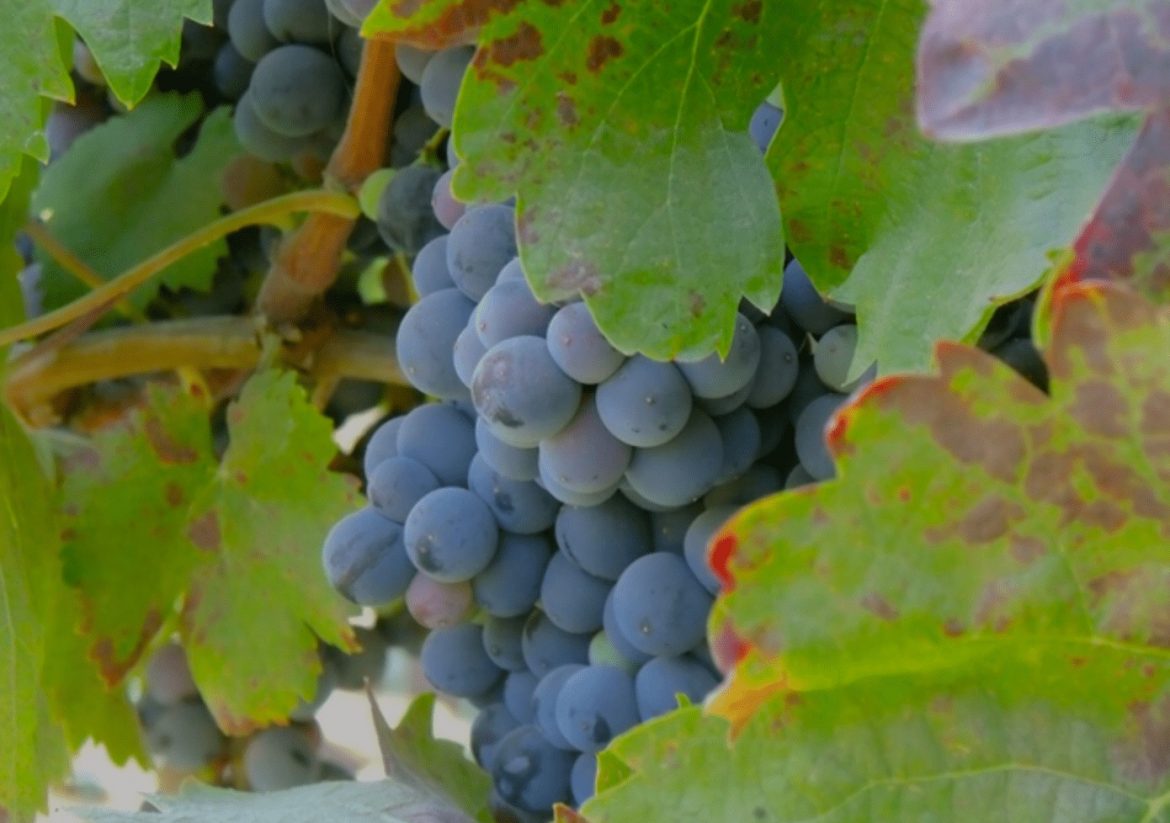Chilean Carignan may be an old vine variety, but it is relatively new to the wine lists of Chile. Hailing from the south, it was planted extensively in Maule and surrounding regions in order to provide a bit of backbone to the ubiquitously found Pais (Criolla or Mission) grape variety.
As Maule went out of fashion as a wine region in the late 1900s, the Carignan vines lay almost unnoticed and were treated as cheap bulk wine (along with the Pais vines) and often torn out for more profitable plants – like pine trees.
Those that survived though, are experiencing a renaissance. Largely driven by the VIGNO movement, Chilean Carignan wines are having a comeback and the old vines (40+ years old) provide exceptional quality grapes that have both a refreshing acidity as well as a good tannin structure.
In the aromatics and flavours expect to find bright red fruits, with wild floral and herbal notes often underpinned by more rustic earthy notes.
The age of the vines and their balancing effect on the fruit is important in terms of taming the rustic character of Carignan. The deep root systems also mean that many of the Carignan vineyards don’t need any irrigation, they can be dry harvested (secano in Spanish).
Learn more about Carignan over on 80 Harvests where we interviewed and profiled several producers in Maule:
- Coming of Age: Chile’s Carignan movement & Vigno
- Maule Fast Facts & Terroir Essentials
- Carignan Profile
- What is VIGNO?
- Maule and the Carignan boom
- The diversity of Maule terroir
- Wine Drinking with Wine Makers: Arnaud Hereu and Andres Sanchez
